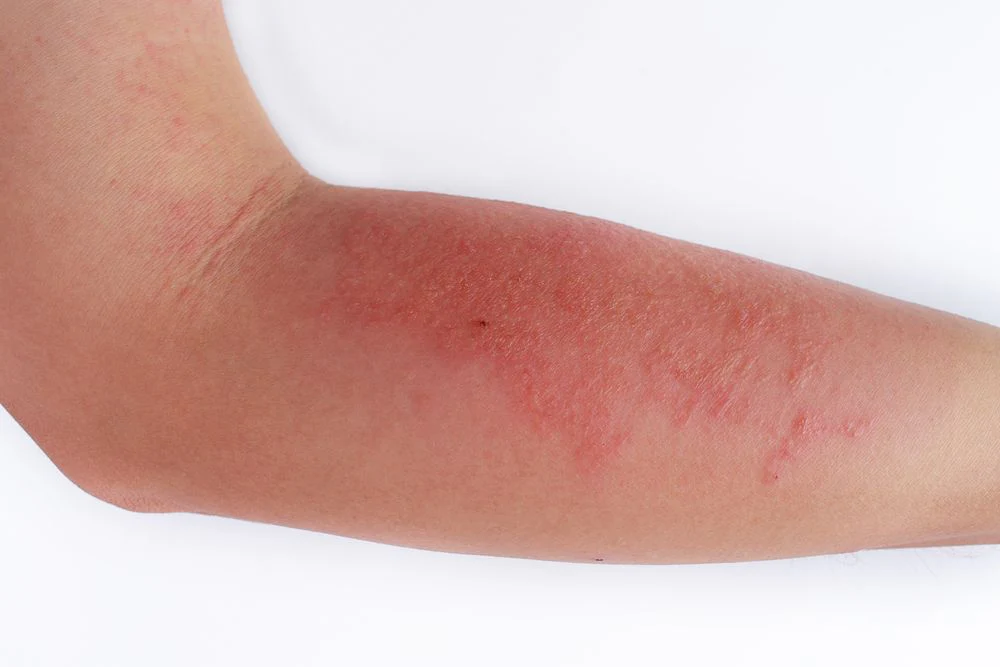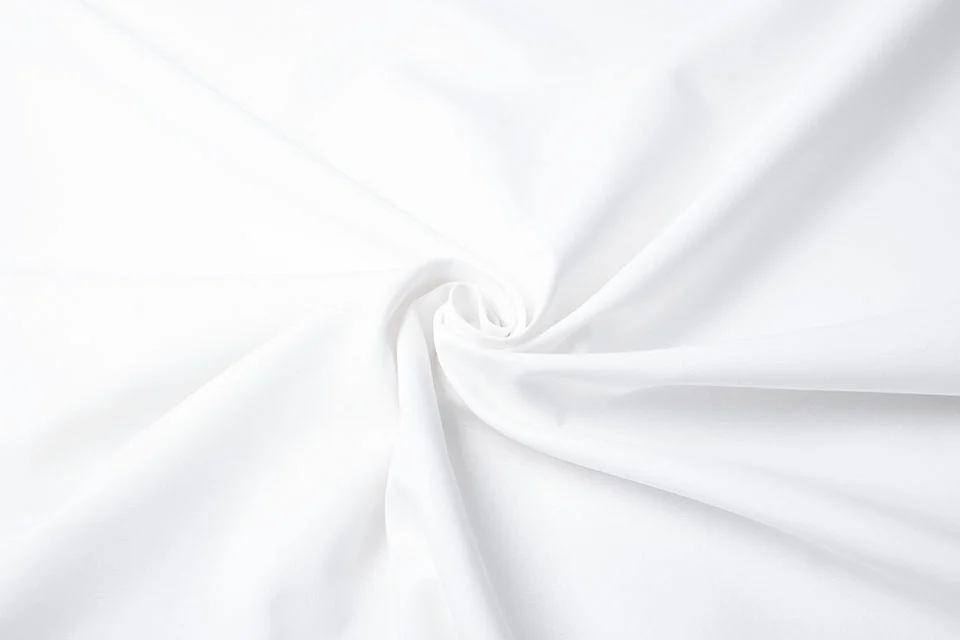If you’ve ever experienced itching, redness, or a rash after contact with certain fabrics, you might be dealing with textile dermatitis. This skin reaction is a type of contact dermatitis caused by irritation or allergy to materials used in clothing or bedding.
As a bedding manufacturer, we believe comfort should never come at the cost of skin health. That’s why we want to help you understand textile dermatitis and how to choose the right bedding materials.
What Is Textile Dermatitis?
Textile dermatitis is a skin condition triggered by contact with certain fabrics or the chemicals used to treat them. It usually appears as a red, itchy rash and may include swelling or dry patches.
There are two main causes:
- Irritant Contact Dermatitis – caused by rough or synthetic fabrics that rub or irritate the skin.
- Allergic Contact Dermatitis – caused by a reaction to chemicals such as dyes, resins, or finishing agents used in fabric processing.

Materials to Avoid for Sensitive Skin
If you or someone in your family has sensitive skin or textile dermatitis, here are some materials and treatments to be cautious with:
- Polyester and other synthetic fabrics – These can trap heat and moisture, leading to irritation.
- Wool – While natural, wool fibers can be scratchy and abrasive to sensitive skin.
- Heavily dyed or chemically treated fabrics – Some dyes, flame retardants, and wrinkle-resistant treatments may contain formaldehyde or other allergens.
- Fabric blends with latex or spandex – Can cause allergic reactions in latex-sensitive individuals.

Best Bedding Materials for Sensitive Skin
For those with textile dermatitis or sensitive skin, opt for the following materials:
- 100% Cotton (preferably organic) – Soft, breathable, and naturally hypoallergenic. Organic cotton is grown without harmful chemicals and is gentler on the skin.
- Washed Cotton or Garment-Washed Cotton – Pre-washed cotton is softer and less likely to irritate the skin. It also removes any leftover residues from the manufacturing process.
- Bamboo Viscose (Oeko-Tex certified) – Naturally antibacterial and moisture-wicking. Look for certification to ensure no harmful substances are used.
- Linen – Made from flax, it’s breathable and gets softer with each wash. Great for summer and people with eczema.
- TENCEL™ Lyocell – A silky, breathable, and eco-friendly fabric derived from wood pulp. It’s often recommended for people with skin sensitivities.

Tips for Choosing Bedding for Sensitive Skin
- Always wash new bedding before use to remove any leftover processing chemicals.
- Use fragrance-free and dye-free detergents when laundering bedding.
- Avoid fabric softeners or dryer sheets that may leave irritating residues.
- Look for Oeko-Tex® Standard 100 certification, which ensures the textile is tested for harmful substances.
Final Thoughts
Sensitive skin deserves special care, and your bedding plays a big part in skin health. By choosing the right materials, you can enjoy both comfort and peace of mind. At Yintex, we offer a range of skin-friendly bedding options made with high-quality, gentle fabrics that your skin will love.
If you have any questions about our bedding materials or need help choosing the right product for sensitive skin, feel free to contact us!


Leave a Reply